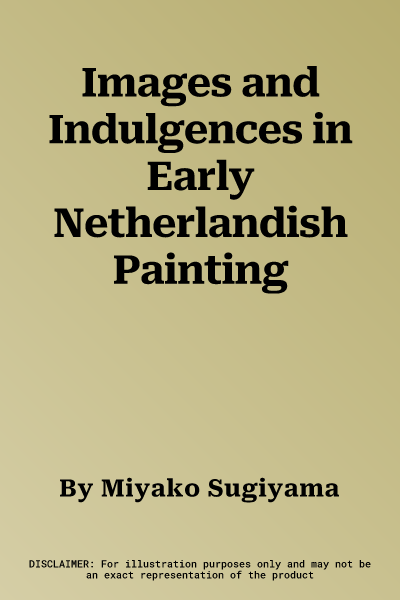Miyako Sugiyama
(Author)Images and Indulgences in Early Netherlandish PaintingHardcover, 11 June 2021

Qty
1
Turbo
Ships in 2 - 3 days
Only 3 left
Free Delivery
Cash on Delivery
15 Days
Free Returns
Secure Checkout

Print Length
197 pages
Language
English
Publisher
Harvey Miller
Date Published
11 Jun 2021
ISBN-10
1912554585
ISBN-13
9781912554584
Description
Product Details
Author:
Book Format:
Hardcover
Country of Origin:
GB
Date Published:
11 June 2021
Genre:
Medieval (500-1453) Studies
ISBN-10:
1912554585
ISBN-13:
9781912554584
Language:
English
Location:
Turnhout
Pages:
197
Publisher:
Weight:
1260.99 gm